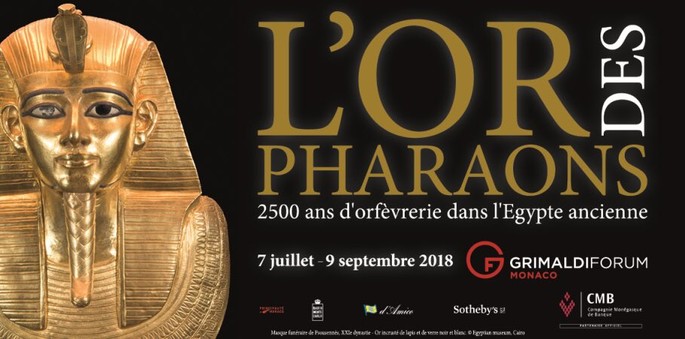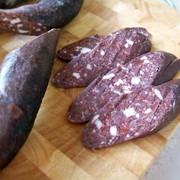The myth of an Egyptian eldorado dates back to the most remote antiquity. The deserts surrounding the valley of the Nile contained substantial mineral wealth, others came through the trade routes; With the establishment of the Egyptian kingdom, Pharaoh imposed heavy tributes on his subjects, which converged in the treasury of the sovereign and in that of the main temples, in particular the temple of Amun near Karnak. Every year, under the reign of Tuthmosis III, Lower Nubia delivered 250 kilos of gold to the temple of Karnak. This myth is further confirmed in several astonishing discoveries such as the tomb of Tutankhamun or the treasures of Tanis. The treasures hidden in the tombs of the pharaohs belong to our collective imagination and these gold jewels, often embellished with stones of intense colors such as dark blue lapis lazuli, green aventurine and red carnelian, as well as the gold-forged vases attest to the glories of life of the sovereignties and their courts.
The earliest dates back to the first dynasty, like the bracelets of the pharaoh Djer discovered in his burial in Abido. The gold jewelry of Pharaoh Sekhemkhet from his pyramid of Saqqara and the grave goods belonging to Queen Hetepheres, mother of Cheops, buried at the foot of the great pyramid of Giza, are examples of the goldsmiths at the time of the pyramids; in particular, it will be possible to admire its silver bracelets, the most precious metal, with embedded stones that reproduce butterflies. In Dahshur and in el-Lahun, the pyramids of the 12th dynasty rulers, returned the parures belonging to the princesses of the royal family: pierced "pectoral" pendants, a belt, and graceful bracelets demonstrate the refinement of an era that saw the apogee of the Egyptian goldsmith art.
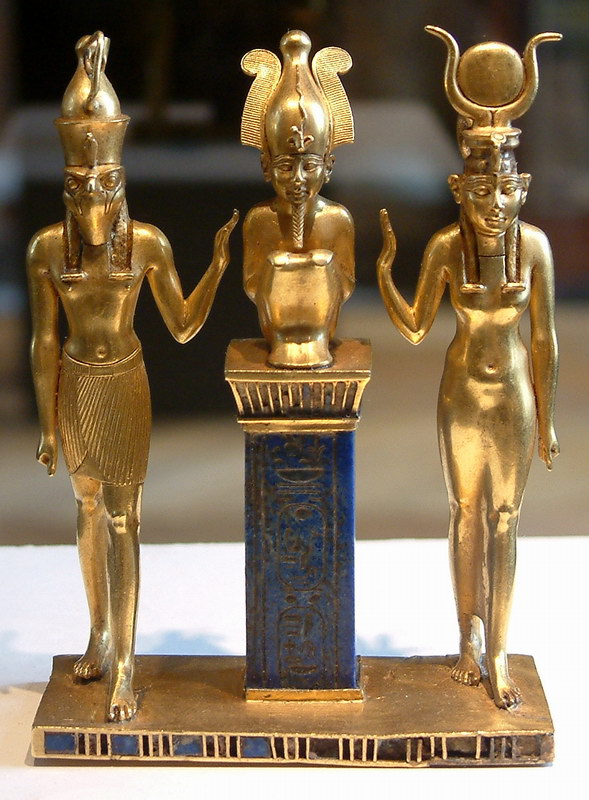
[Credit Aoineko]
The funeral kit of Queen Ahhotep, mother of the pharaoh Ahmose, discovered in the necropolis of Dra Abu el-Naga on the western bank of the Nile near Thebes, dates back to the beginning of the New Kingdom: the golden disk mirror, the heavy bracelets and the broad necklace, demonstrate the magnificence of this period. The burials of these great sovereigns, carved on the rocky slopes of the Valley of the Kings, have unfortunately been looted in a wicked way since ancient times .. It is difficult to imagine what were the lost treasures that were enclosed in the tombs of great pharaohs like Cheops, Tuthmosi III or Ramesse II. A meticulously crafted set consisting of a diadem and earrings, belonging to a child of royal lineage of the XX dynasty, comes from a hiding place in that same area. And while lacking precious jewels, the funeral furnishings of Yuya and Tuia, in-laws of Amenhotep III, who had the privilege of being buried in the Valley of the Kings, are truly gifts: sarcophagus, funeral masks and gold-plated furniture.
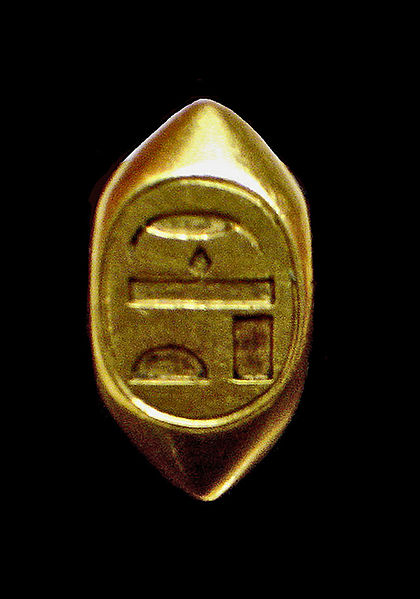
[Ring Ahhotep, credit Juan R. Lazaro]
The discovery in 1939 of the royal tombs in Tanis in the Delta brought to light a wealth of jewels and goldsmith works dating back to about 1000 BC. Psusennes and Sheshonq, two little-known pharaohs, took with them to the tomb treasures that rival those of Tutankhamun: silver sarcophagus, gold masks, jewels, precious vases ... Here the exhibition itinerary ends chronologically since the burials of the later rulers have not been identified, except those of the pharaohs of Sudanese origin that were buried in their country of origin.
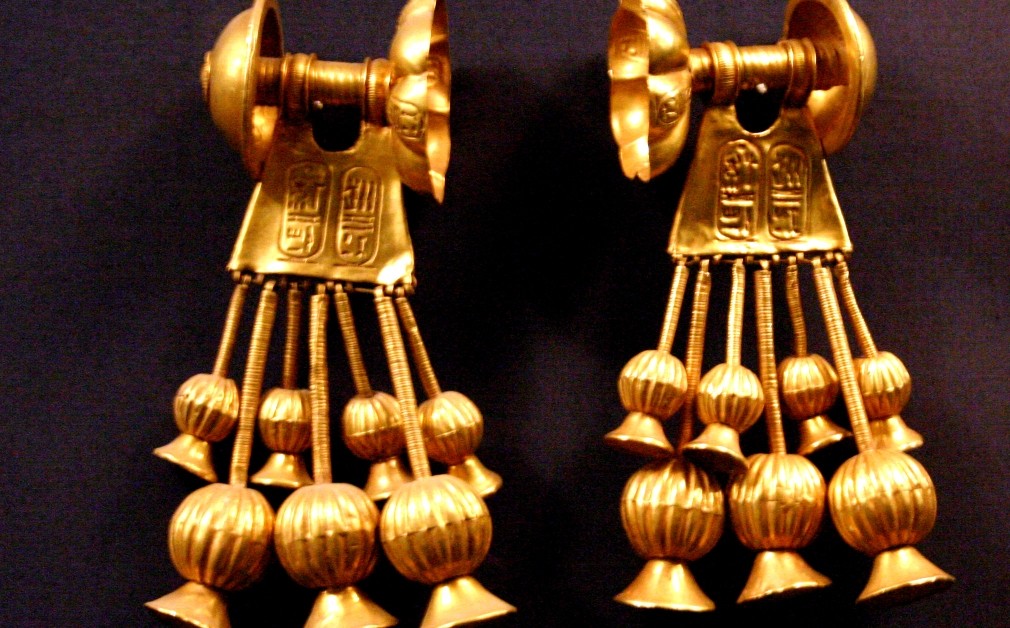
[Seti II gold earrings, credit Hans Ollermann]
Besides showing visitors the lavish funerary objects accompanied by the documents that recall their discovery, the exhibition investigates the importance of these masterpieces as artistic forms of expression among the oldest and most universal; what they reveal to us of the identity, the value, the rituals and the body of those who owned them and their social and economic importance.
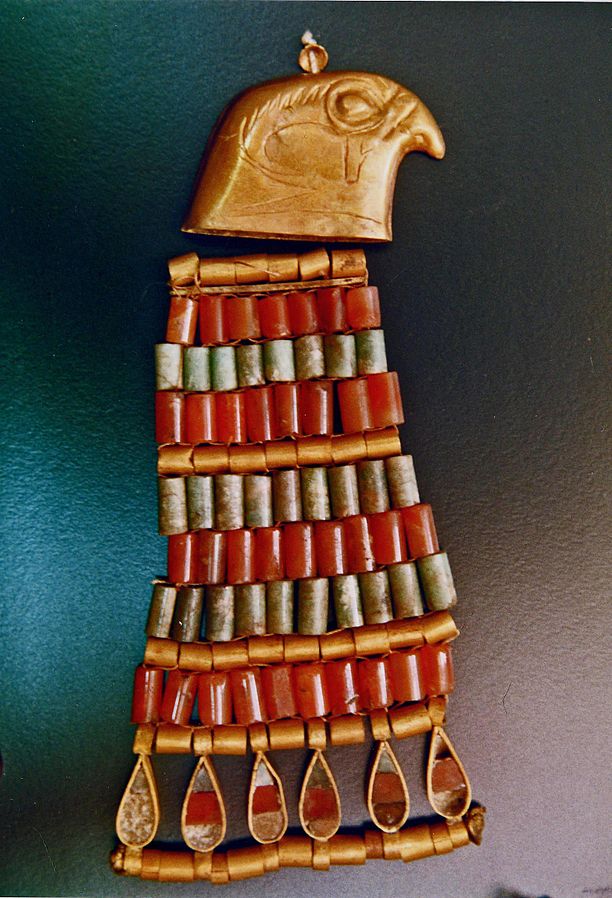
[Awibre Hor]
Goldsmith works and jewelry worn by both men and women and reserved for the elites but especially for the gods (offerings, liturgical objects, obelisks, architectural elements of gold-plated temples, etc.) are attributes of power, sometimes indicative of extreme distinction. The jewels had enormous commercial value in a society that at the time ignored the use of money (this explains the sacking of the graves in ancient times) and their extraordinary magical value expressed by the materials, the colors and the decorations.
This goldsmith production is the result of the use of precious materials and the mastery of elaborate techniques by a hierarchical human chain which, starting from the pharaoh, the sole holder of the wealth of the country, came to the most modest "necklace makers", passing through a plethora of miners, scribes and accountants of gold.
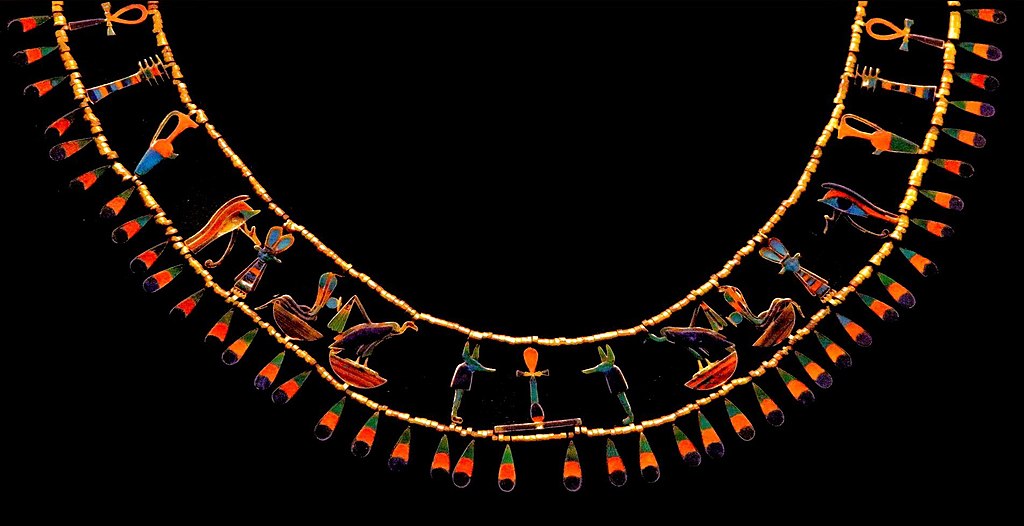
[Jewellery of Khenmet-12th Dynasty]
The exhibition explores also the issue of the desecration of royal burials that was considered a serious sacrilege. An extraordinary documentation on papyrus refers to the numerous processes already celebrated at the end of the New Kingdom. It concerns the Theban temples and the tombs of the Valley of the Kings, with a very detailed account of the gangs of grave robbers, the corruption of the leaders of the highest rank, the description of the looting, the amount of gold subtracted and merged before being divided among accomplices. Some tombs, however, escaped the greed of the desecrators of tombs and reveal sublime works that are among the most phenomenal pieces of jewelery that Ancient Egypt has ever produced.
THE GOLD OF PHARAOHS - 2500 years of jewelery in Ancient Egypt
From 7 July to 9 September 2018
Espace Ravel of the Grimaldi Forum Monaco 10, avenue Princesse Grace - 98000 Monaco
Hours: Open every day from 10.00 to 20.00 Evening opening Thursday until 10 pm
Website: www.grimaldiforum.com

